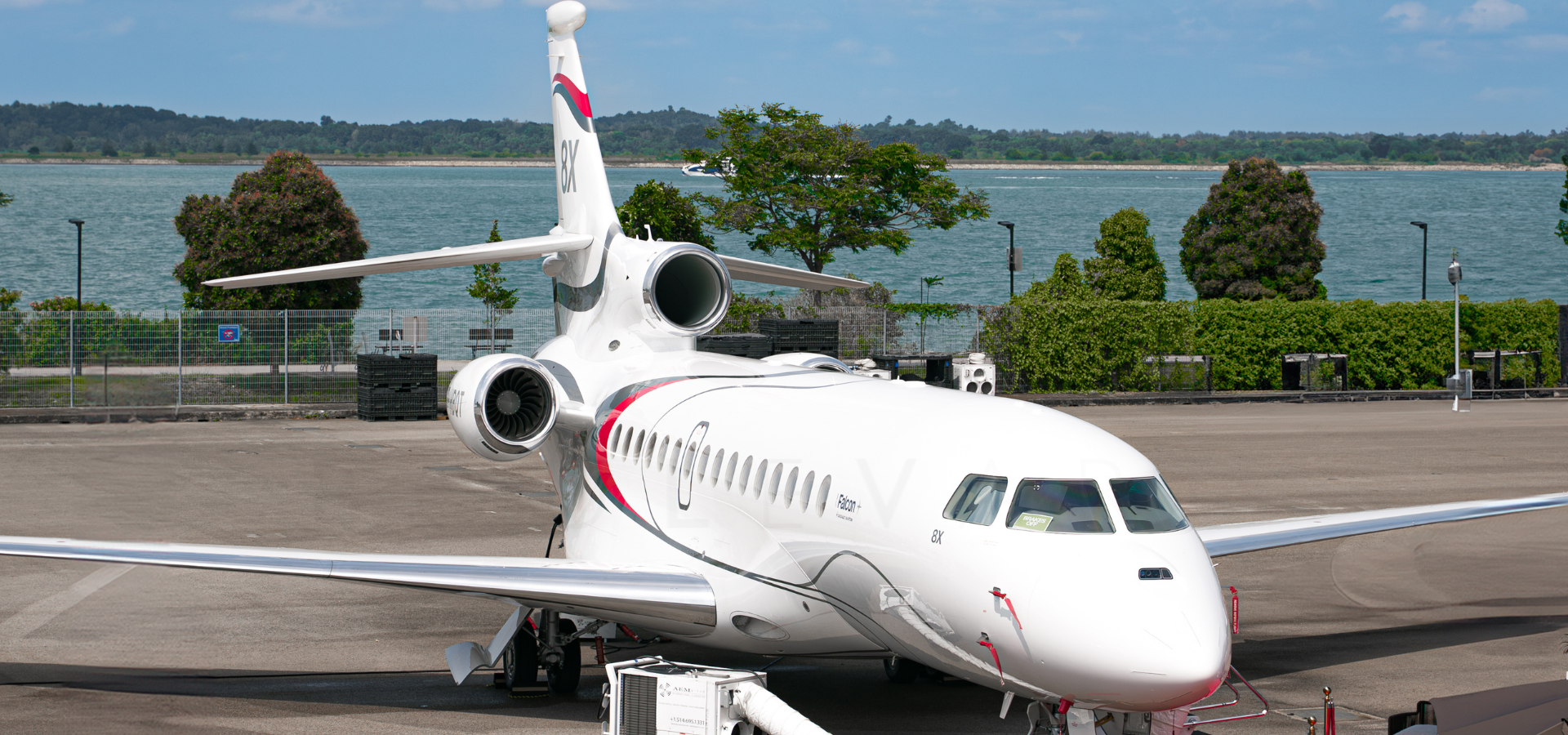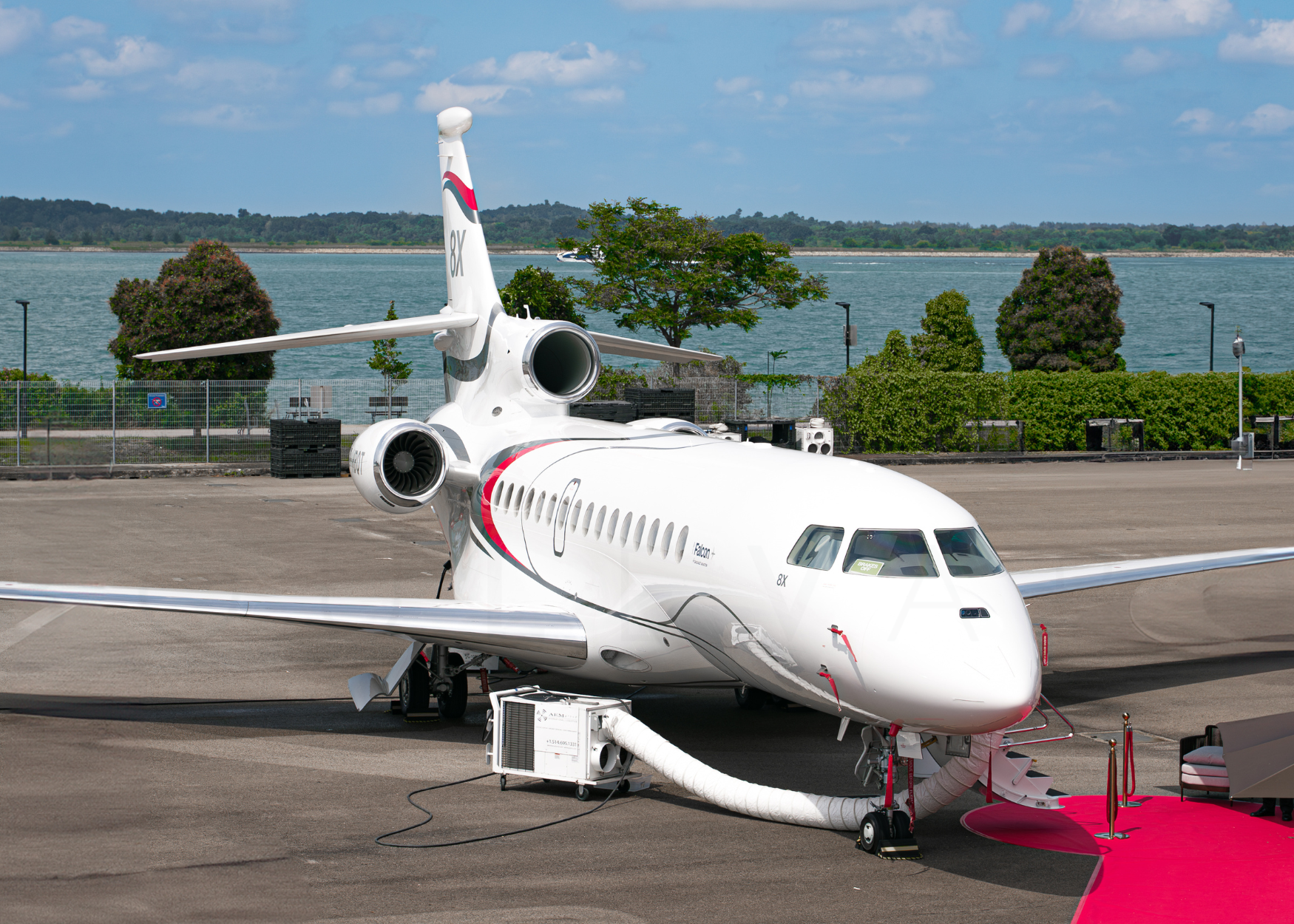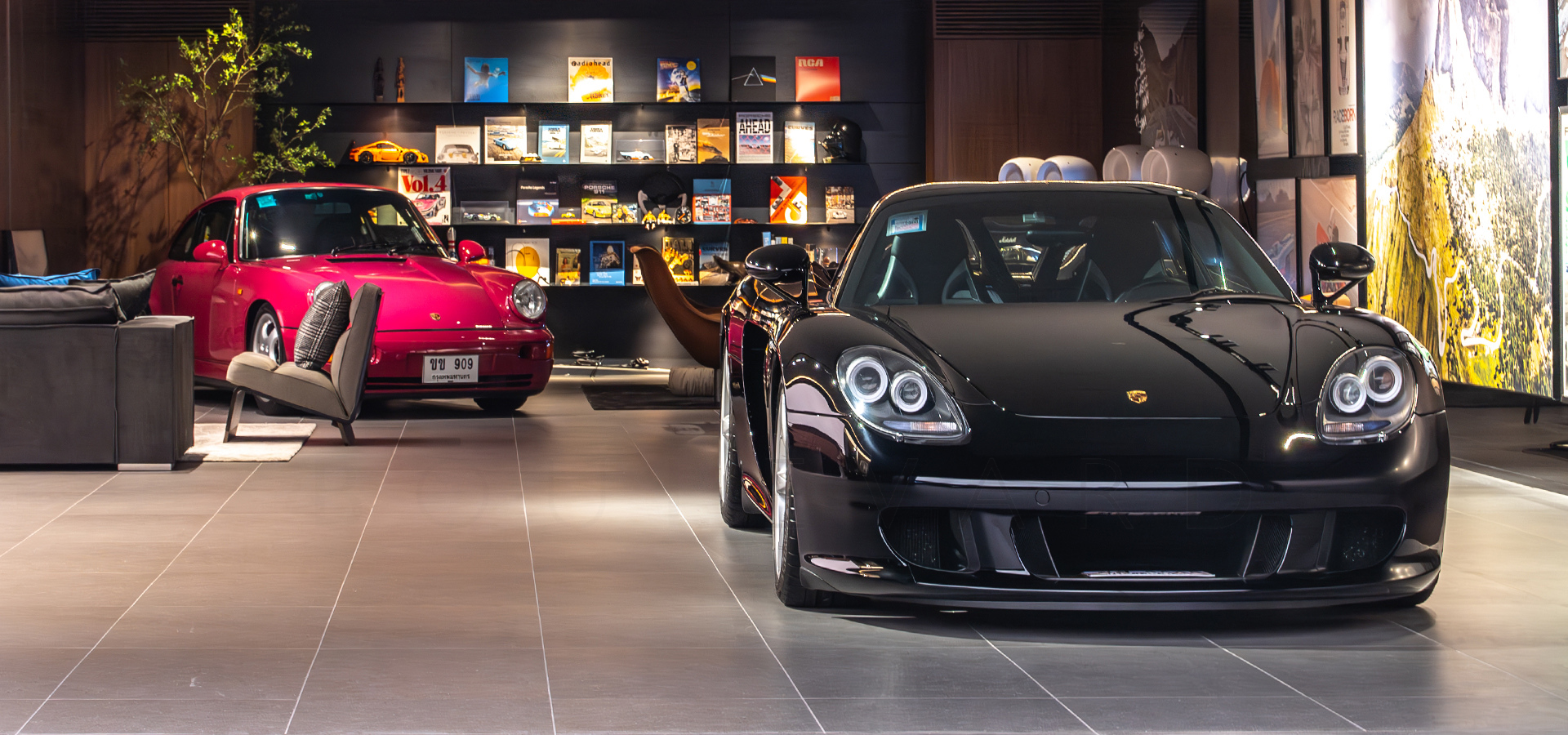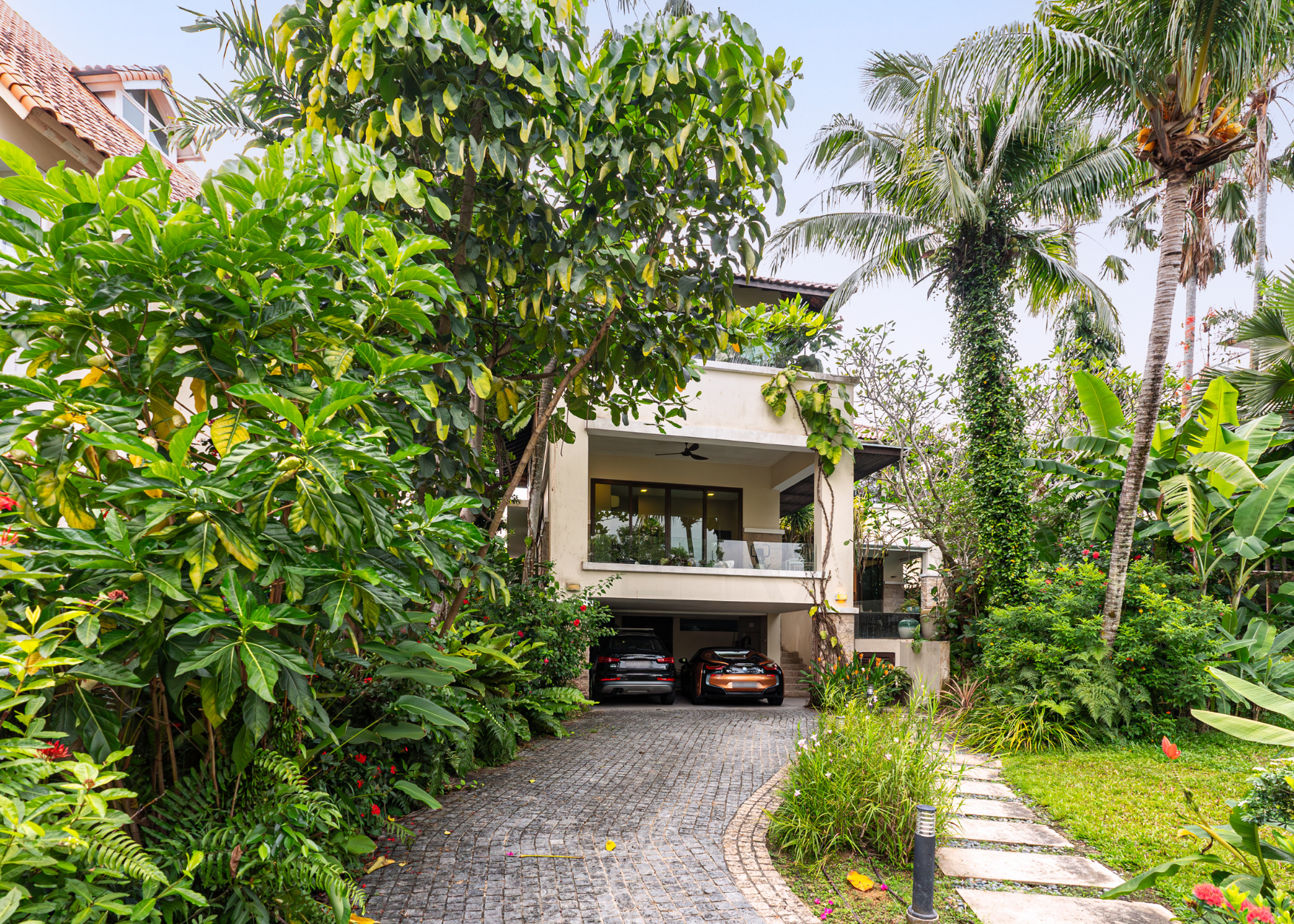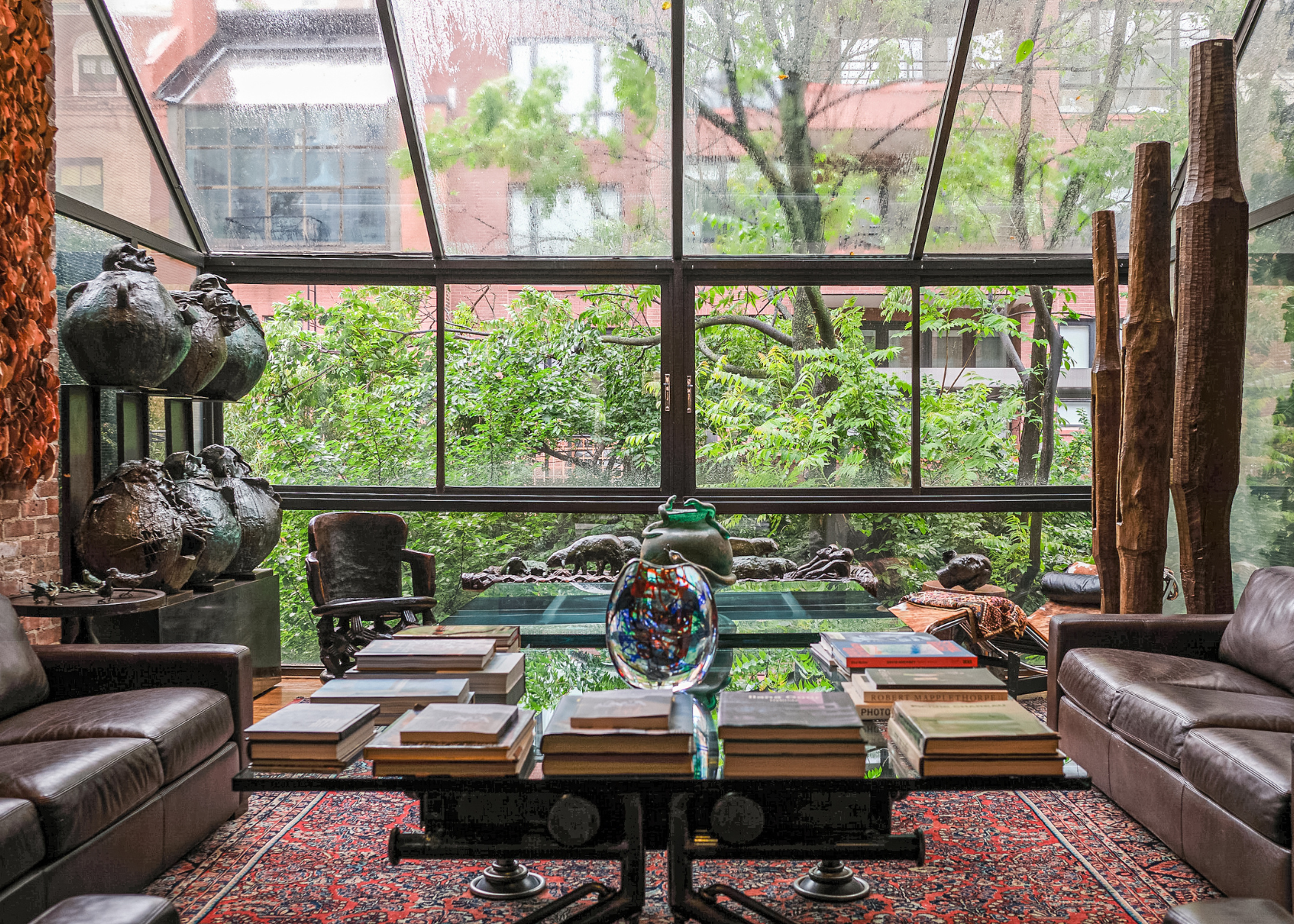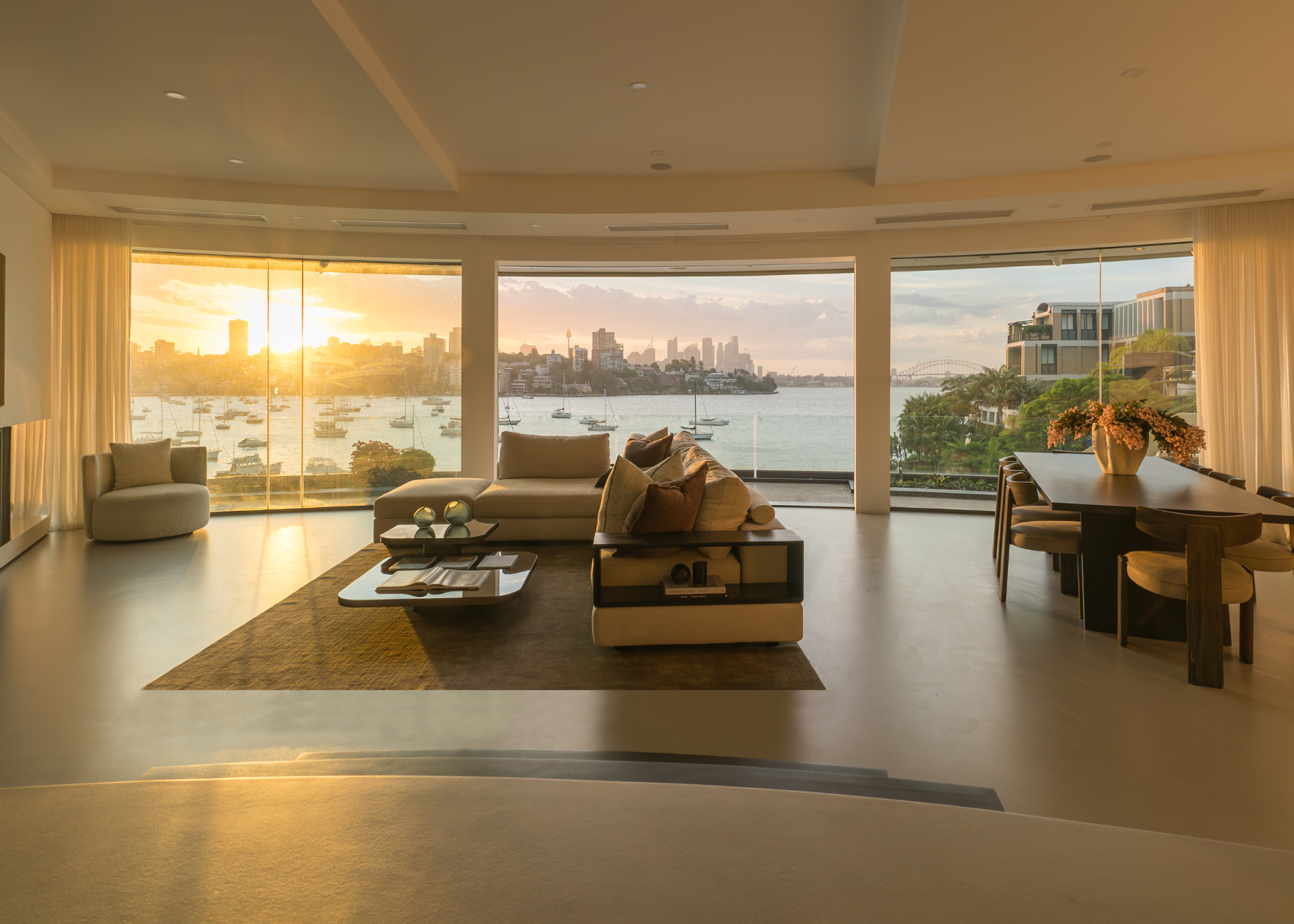The interview: Dassault Aviation’s Carlos Brana on the brand’s approach to advancing private jet technology and meeting luxury market expectations
by Hamish McDougall
Photography by Jin Cheng Wong
In Singapore for the Business Aviation Asia Forum and Expo in March, Dassault Aviation’s executive director Carlos Brana sat with Boulevard on its Falcon 8X to discuss private jets.
Founded in 1929 by French engineer and industrialist Marcel Bloch, Dassault Aviation is one of the leading players in the industry of high-performance aeronautics. It is renowned for its military aircraft and business jets, equipped with the latest state-of-the-art technology, including its fly-by-wire systems and innovative digital flight control.
We spoke to Brana about what differentiates the brand from its competitors, from cutting-edge technology to the unique comfort and refinement in its Falcon jets. He also explores the evolving expectations of private aviation clients, focusing on comfort, connectivity and flexibility.
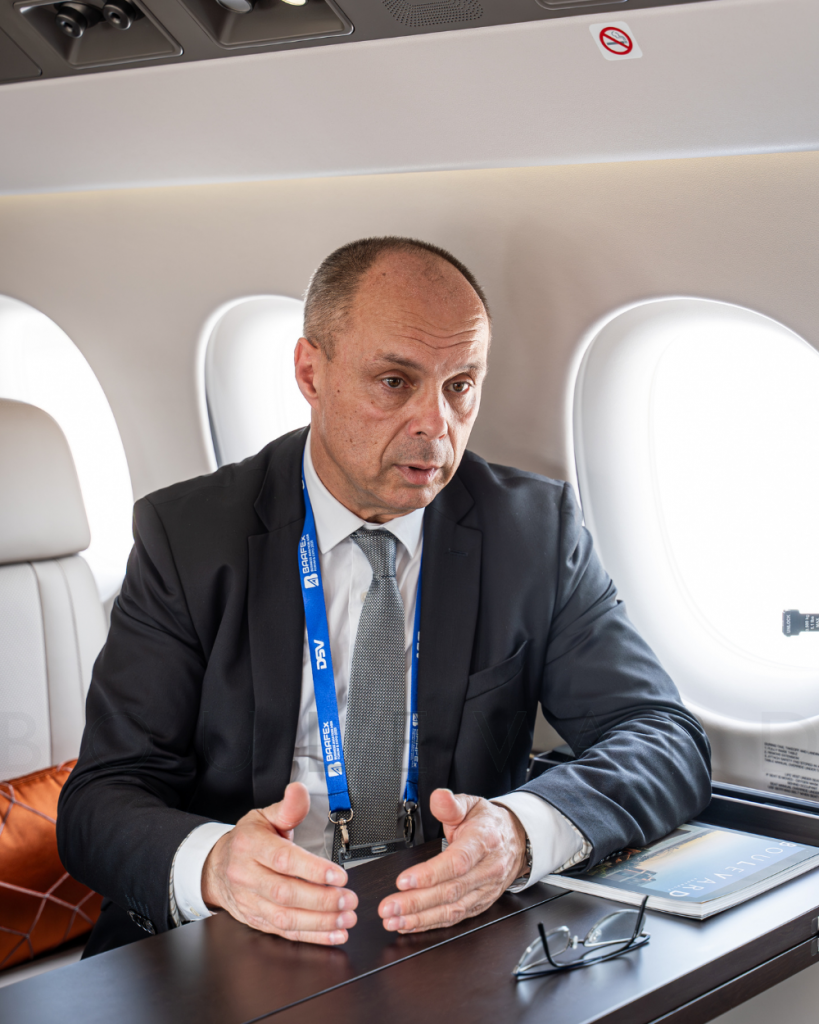
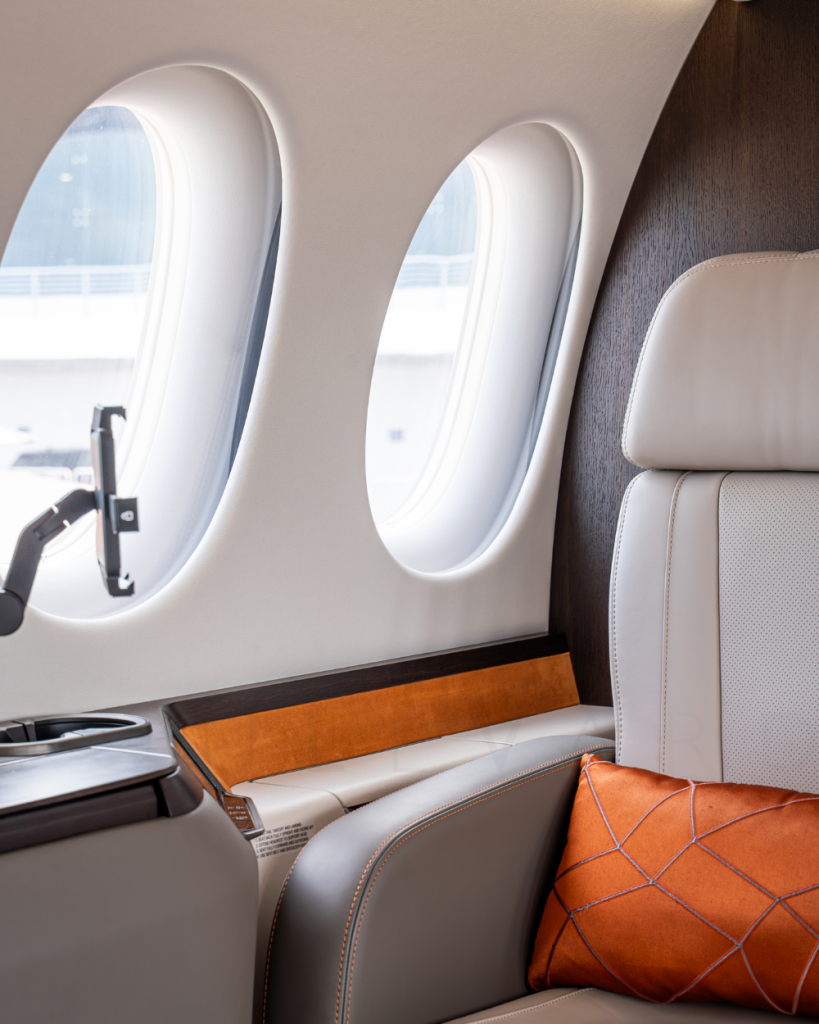
Boulevard: What differentiates Dassault Aviation apart from other brands?
Carlos Brana: An aircraft is a highly technical tool, quite different from a boat, where you might spend weeks on board or even live. On a plane, extended stays are rare—people don’t typically “camp out” on an aircraft.
Owning a private jet is, of course, a luxury, but it’s a way of living as well—a way to manage what little time you have.
Now, coming back to your question, Dassault Aviation manufactures two main products: military aircraft and Falcon private jets. Our military aircraft are driven by performance and cutting-edge technology, and we apply that same advanced technology to our Falcon jets. This is what truly sets us apart from our competitors.
For many years, we have been global leaders in flight safety. In high-performance aviation, safety is the foremost challenge, and we have been consistently implementing regulations, processes and innovations to maintain the highest safety standards—that’s the first aspect.
“Owning a private jet is, of course, a luxury, but it’s a way of living as well—a way to manage what little time you have.”
Then, the second aspect is fuel consumption. I can show you some of the aerodynamic designs we’ve developed to reduce drag. Our goal is to be as frugal as possible, and achieving that requires considering multiple factors.
One of these is drag, which we minimise through carefully designed aerodynamic shapes. The second is weight—using advanced, lightweight materials that are just as robust as traditional ones. The less weight an aircraft carries, the lower its fuel consumption, which is especially important today, as environmental concerns grow.
That brings us to what truly sets us apart—the French refinement.
In France, our concept of comfort differs from that of our friends in America or Canada. We don’t design bulky interiors, we design truly comfortable ones. Some believe bulkiness equals comfort, but for us, comfort is about refinement, not size.
Now, in terms of passenger comfort, the flight deck is fully optimised. Our EZ-4 avionics system is designed with safety at its core. The key philosophy is shared information—both pilots have access to the same data, displayed centrally so they can see the aircraft’s status and flight parameters simultaneously.
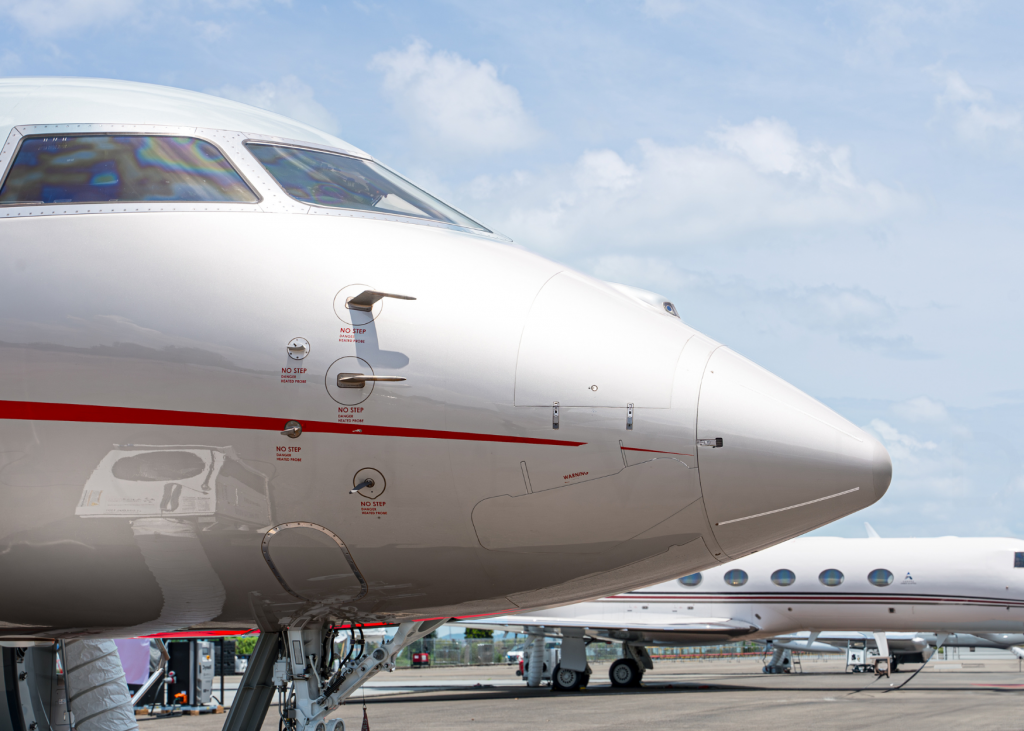
In front of them, they have identical displays, ensuring full situational awareness. Whether symmetrical or not, the information remains the same. We use four screens, but the layout is designed so that pilots always have clear and shared visibility.
Why is this important? Because we noticed that around 90% of incidents, the issue isn’t with the aircraft or the engine but rather a misunderstanding between pilots. By ensuring they always have the same information, we significantly reduce the risk of miscommunication.
This digital flight control system is integrated from military technology, ensuring the highest precision and performance. Similarly, the cabin design prioritises comfort and space. The digital flight control system we use is among the most advanced in the industry.
When it comes to safety, it should not be taken for granted and it’s something you need to work on continuously. But at least we’ve now reached a certain level of safety, and so far, we’ve not lost a single aircraft.
Coming back to passenger comfort, we’ve placed more emphasis on cabin pressure and the quietness of the aircraft. For example, the Atex is extremely quiet—almost whisper-quiet. Some might claim we do the same as others, but I can’t speak to that, as I haven’t tried the others. What I can say is that I flew to Dubai on this very aircraft, and honestly, it was a pleasure.
“The key philosophy is shared information—both pilots have access to the same data, displayed centrally so they can see the aircraft’s status and flight parameters simultaneously.”
When you exit the plane, between the cabin pressure and the quietness, you don’t feel the fatigue that typically comes with flying. Fatigue is largely caused by two factors: noise and pressure. Noise is a form of pressure, and pressure is a matter of technology. Contrary to what many think, we’ve embedded a lot of technology into the aircraft to minimise noise and maintain the optimal cabin pressure. It’s a highly effective system, which is why even after a seven to eight-hour flight, you will step off the plane feeling refreshed.
Blvd: How does it compare to commercial aircraft?
Brana: The cabin pressure is about 1.5 times higher, so 50 per cent higher than what you’d experience on a commercial aircraft. At 41,000 feet, we’re typically around 3,900 feet in terms of cabin pressure. Commercial aircraft, however, operate at a much lower pressure at the same altitude. And the noise level is much higher in an airline cabin. You know how everyone needs noise-cancelling headphones on a commercial flight? On this plane, you could even play music through your phone and still hear it clearly—it’s that quiet.
And with our flight control system, we’ve also improved the dampening of turbulence. Whether you’re at high altitude or lower, the ride is very smooth—almost like gliding through silk.
“When it comes to safety, it should not be taken for granted and it’s something you need to work on continuously. But at least we’ve now reached a certain level of safety, and so far, we’ve not lost a single aircraft.”
The higher you fly, the less turbulence you encounter. At very high altitudes, the wind is calmer, as there’s no friction with the ground. The air becomes much more stable the higher you go. So, this aircraft is designed for comfort and smoothness, both in the air and when you’re on board.
Blvd: For clients privately investing in this space, what are their expectations these days? What do you think are the key drivers behind their decisions?
Brana: Well, of course, the comfort of the cabin is paramount. For example, some of our competitors, when talking about turbulence, may not dampen it as effectively. Another factor, often overlooked, is the change in pressure during ascent and descent. Some people are very sensitive to air pressure changes, and if the difference is too high or too rapid, they start to experience pain. We’ve never had such issues, even with passengers who are typically prone to discomfort—our system prevents that. So, comfort is one factor.
Secondly, connectivity is now a must. Some people would rather cancel their flight than not be connected to the ground. We’re no longer in a world where people are willing to be disconnected. For us, a lack of connectivity is considered a failure of the aircraft. Technology is improving every day, and now, with systems like Starlink and Jetwagon X, the connectivity flow is about the same as you would have in your home. This is what customers expect—something that allows them to continue working, attend video calls, or even stream Netflix.
Another factor is the flexibility of your plane. Flexibility, in this context, refers to the ability to fly and land on shorter runways, which is essential for certain people. Some destinations aren’t accessible to all aircraft. So, this is an important feature as well.
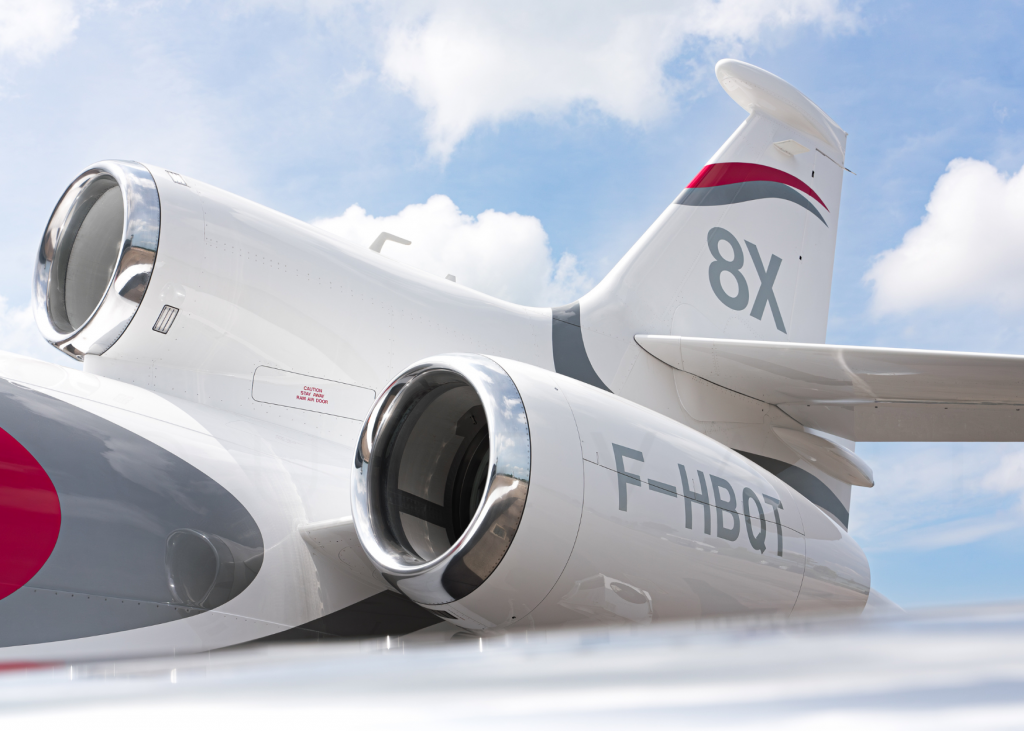
When you think about the fundamental concept of business aviation, it’s all about saving time. Saving time is everything. To do that, you need to take off from the closest airport to your location and land at the closest airport to your destination, ensuring the maximum speed between those two points.
Blvd: What level of customisation and bespoke options do you offer or see in your aircraft?
Brana: We do offer bespoke options. For example, some customers ask for things we aren’t typically used to, like the extensive use of carbon fibre. So, we’ve done that. However, because we handle everything ourselves, it’s a part we need to consider very carefully. If, for instance, 20 customers request the same feature, we’d establish a process for it. But if it’s only for one customer, the process is bespoke and will be discontinued once the aircraft is delivered.
Whether we want it or not, we dedicate resources to bespoke requests. It’s not about being paid for it or not, but when you create something very bespoke, it takes resources. And we don’t outsource our completion.
“The point is that the more bespoke your aircraft is, the more resources are required on our side. And when it comes time to resell the aircraft, you need to find the right buyer who appreciates the design choices you’ve made.”
To be more practical, in terms of customisation, we can’t change the exterior shape of the aircraft or the number of windows, as they are certified. For example, we had customers who wanted the toilets moved to the middle of the aircraft. That’s not possible because it would require us to completely redesign the aircraft, and we wouldn’t re-certify it for that change. It’s not just about paying for it—it’s a matter of time, energy, and resources, and we’re not designed for that level of change.
We can, however, customise the interior. For example, in the aft lounge, we could swap two divans for two seats or four seats, or even adjust the configuration with different seating arrangements. Many options are possible for the interior layout.
The point is that the more bespoke your aircraft is, the more resources are required on our side. And when it comes time to resell the aircraft, you need to find the right buyer who appreciates the design choices you’ve made. Some customers are highly specific in their preferences, and when it’s convenient for them, it often works well. However, if the next buyer doesn’t share that vision, they may need to redo certain aspects. That’s the limitation of bespoke design—it’s about balancing individual preference with future resale.
Blvd: What are you still learning about private aviation?
Brana: I would be very surprised to find a professional in business aviation who isn’t learning every day. As I said, there’s constant evolution—technologies, customer behaviours and much more. Sometimes, this evolution is very positive. The way we see it, it’s always for the better. Our customers, who are like our best friends, are the ones who allow us to progress. They help us improve things we hadn’t thought of before, and these improvements are often closely connected with their needs. It pushes everyone to think of new solutions for the benefit of the customer.
Go further with the Business Aviation Asia Forum and Expo in Singapore.
Read next:
